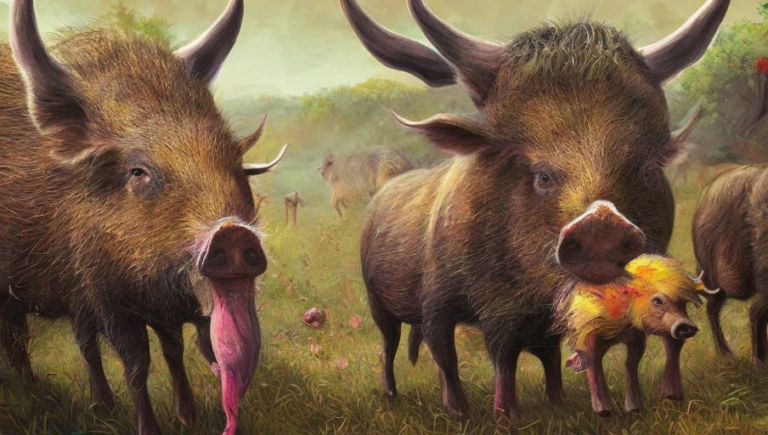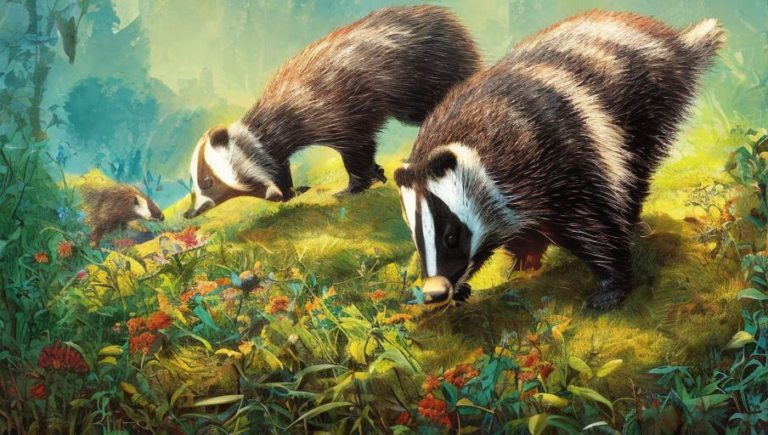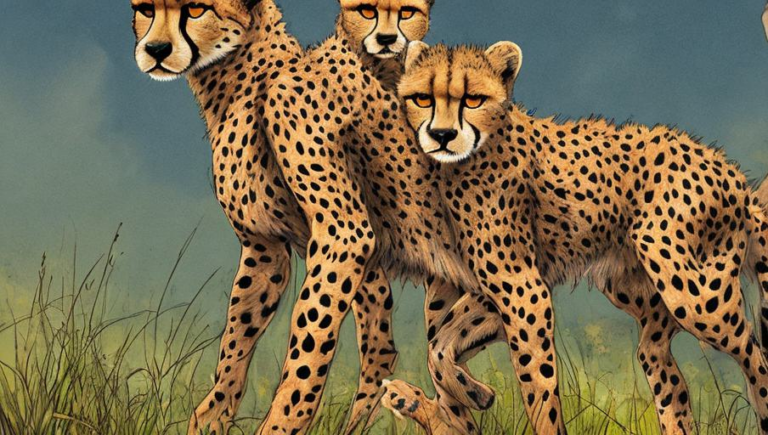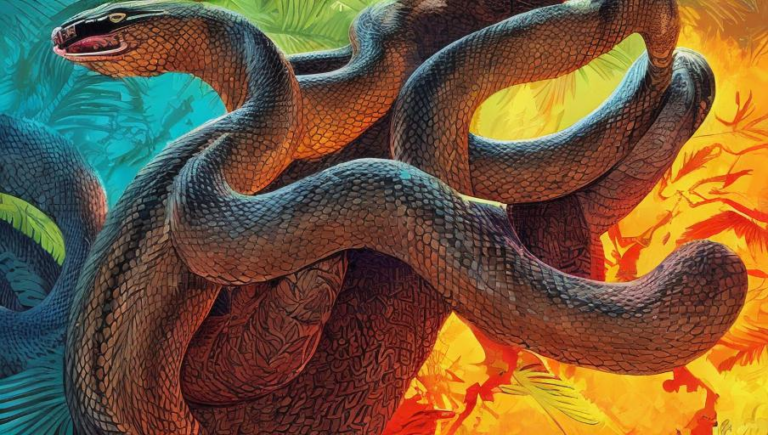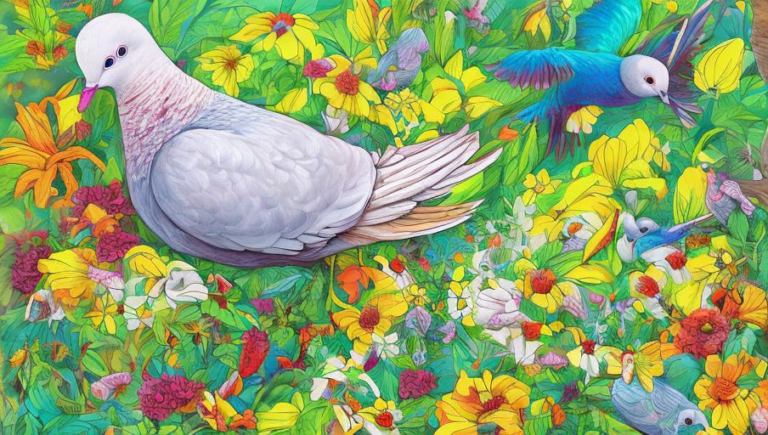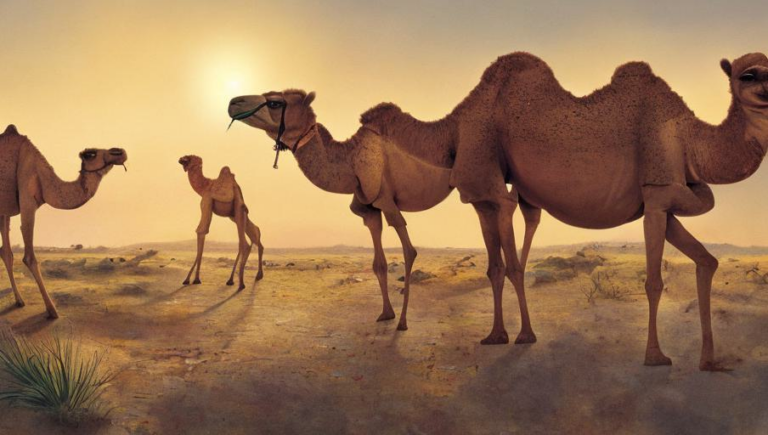The Critical Role of Antelopes in the Wild
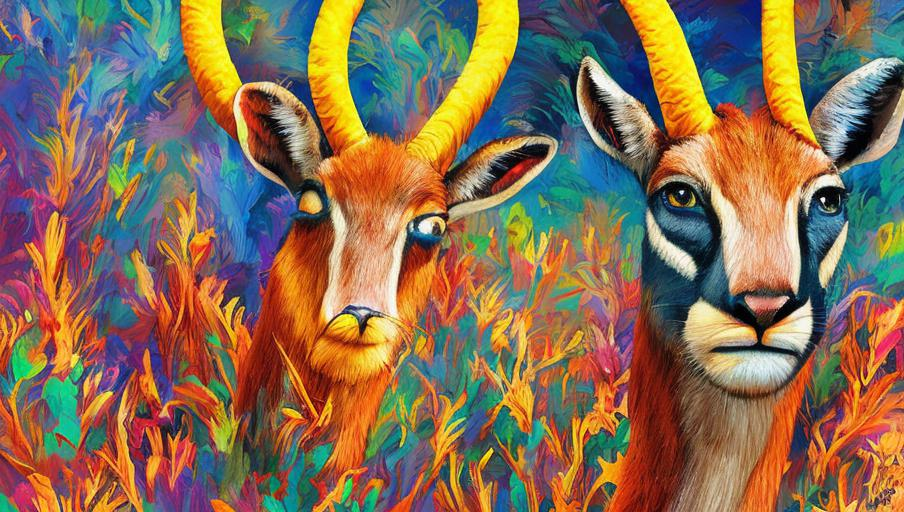
The Diversity of Antelopes
Antelopes are one of the most diverse species of mammals in the world. There are 91 different species of antelopes, ranging from the large and majestic African giant eland to the tiny and delicate dik-dik. Antelopes are found all over the world, from Africa to the Middle East and Central Asia. All antelopes have long, slender legs and a long neck, which allow them to move quickly and gracefully through their habitats.
The Role of Antelopes in the Wild
Antelopes play an important role in their respective habitats, both as prey and predator. They are an important food source for large carnivores such as lions, leopards, and hyenas, and their presence can help maintain the balance of the ecosystem. Antelopes are also browsers, meaning that they eat leaves, fruits, and other vegetation. This helps to disperse the seeds of the plants they eat, aiding in the spread of vegetation in their habitats.
Threats to Antelope Populations
Unfortunately, many antelope species are threatened by human activities such as habitat destruction and poaching. As habitats are destroyed, the antelopes lose their natural resources, and their numbers begin to dwindle. Poaching is also a major threat to antelope populations, as hunters seek to harvest their horns, pelts, and other body parts for use in traditional medicine or as trophies.
Conservation Efforts
Fortunately, there are many organizations working to protect antelope species and their habitats. These organizations are working to protect antelopes from poaching and habitat destruction, as well as to educate the public about the importance of preserving these animals. Additionally, some organizations are working to reintroduce antelopes into areas where their populations have been decimated by human activity.
Conclusion
Antelopes are an important part of the wild and play an essential role in their respective ecosystems. Unfortunately, many species of antelopes are threatened by human activities, such as poaching and habitat destruction. It is therefore essential that we take steps to protect these species and their habitats, both through conservation efforts and by educating the public about the importance of preserving these animals.
